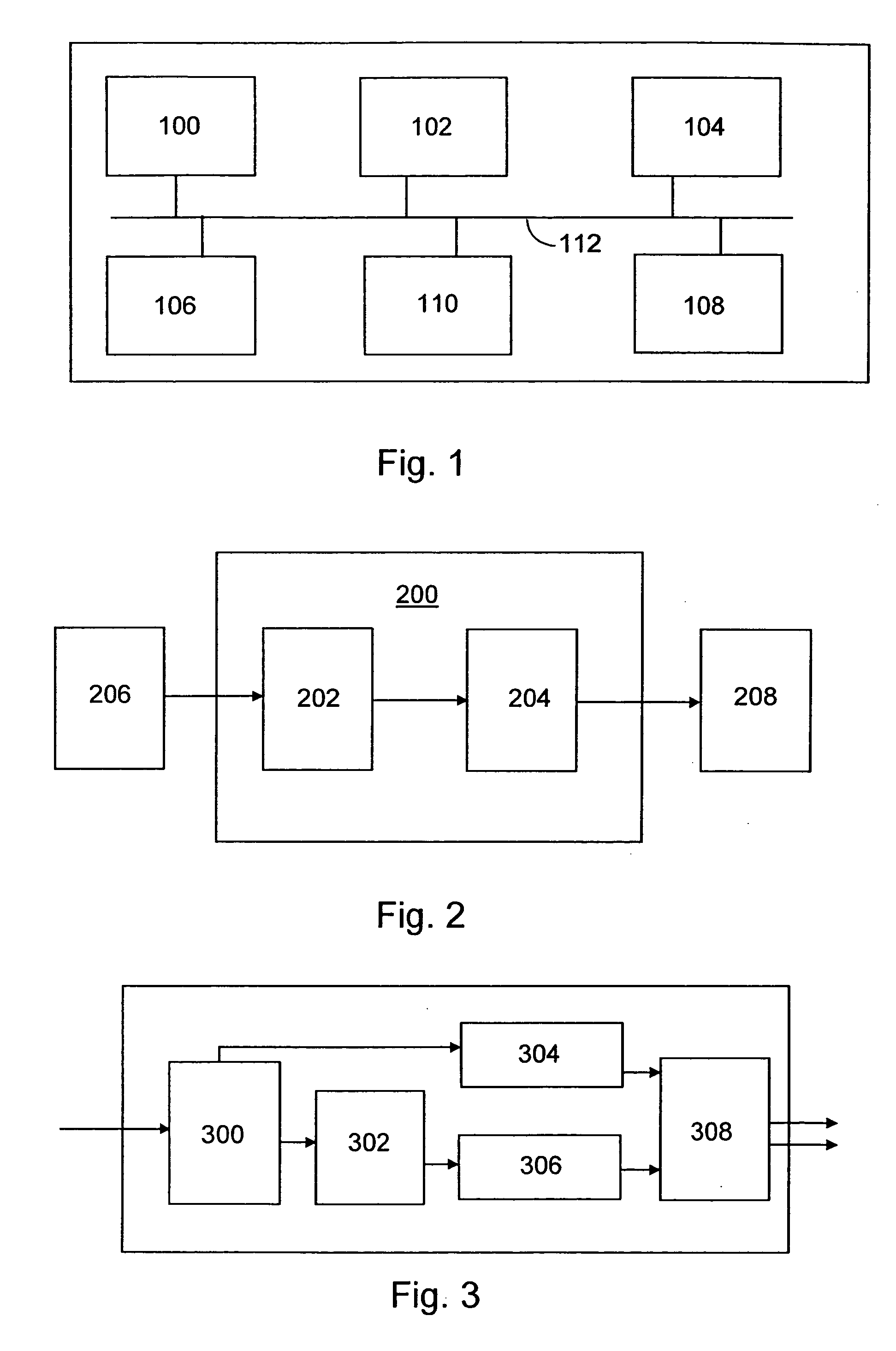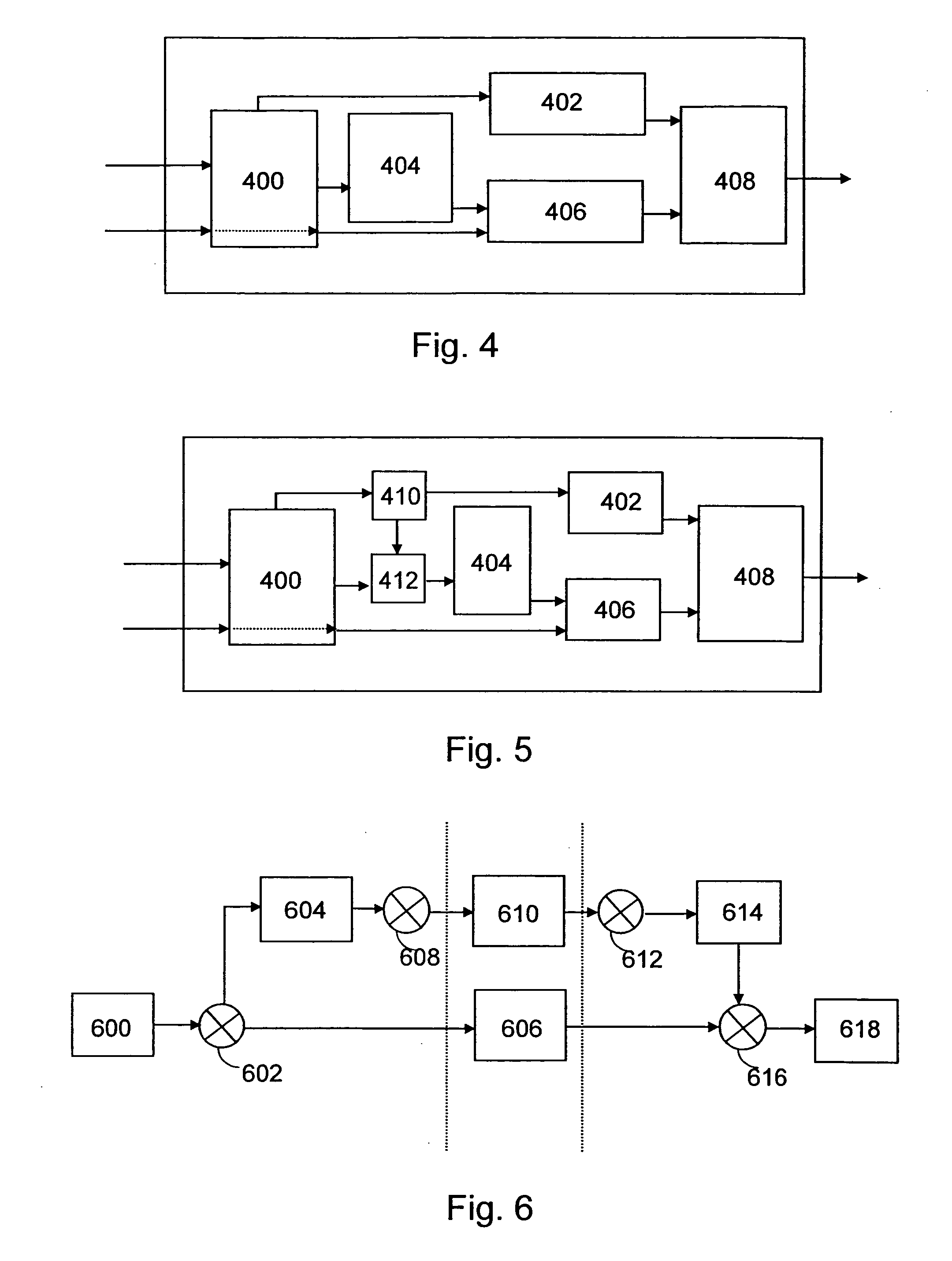Compression of images for computer graphics
a computer graphics and image compression technology, applied in computing, instruments, electrical appliances, etc., can solve the problems of consuming double the amount of memory and bus bandwidth compared to traditional ldr formats, not allowing random access to compressed data, and providing a rather limited dynamic range for colors
- Summary
- Abstract
- Description
- Claims
- Application Information
AI Technical Summary
Benefits of technology
Problems solved by technology
Method used
Image
Examples
Embodiment Construction
[0029] The structure of an encoding / decoding apparatus according to a preferred embodiment of the invention will now be explained with reference to FIG. 1. The structure will be explained with functional blocks of the encoding arrangement. For any person of skill in the art, it will be evident that several functionalities can be carried out with a single physical device, e.g. all calculation procedures can be performed in a single processor, if desired. A data processing system of an encoding / decoding apparatus according to an example of FIG. 1 includes a processing unit 100, a memory 102, a storage device 104, an input device 106, an output device 108, and a graphics subsystem 110, which all are connected to each other via a data bus 112.
[0030] The processing unit 100 is a conventional processing unit such as the Intel Pentium processor, Sun SPARC processor, or AMD Athlon processor, for example. The processing unit 100 processes data within the data processing system. The memory 1...
PUM
 Login to View More
Login to View More Abstract
Description
Claims
Application Information
 Login to View More
Login to View More - R&D
- Intellectual Property
- Life Sciences
- Materials
- Tech Scout
- Unparalleled Data Quality
- Higher Quality Content
- 60% Fewer Hallucinations
Browse by: Latest US Patents, China's latest patents, Technical Efficacy Thesaurus, Application Domain, Technology Topic, Popular Technical Reports.
© 2025 PatSnap. All rights reserved.Legal|Privacy policy|Modern Slavery Act Transparency Statement|Sitemap|About US| Contact US: help@patsnap.com



